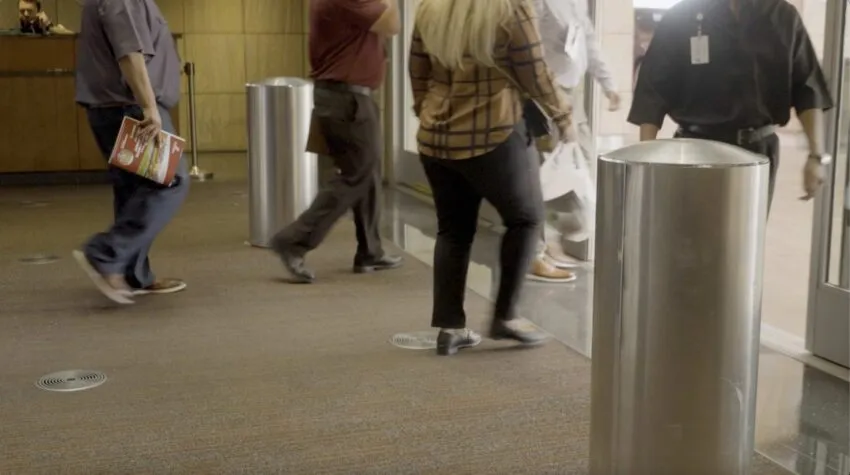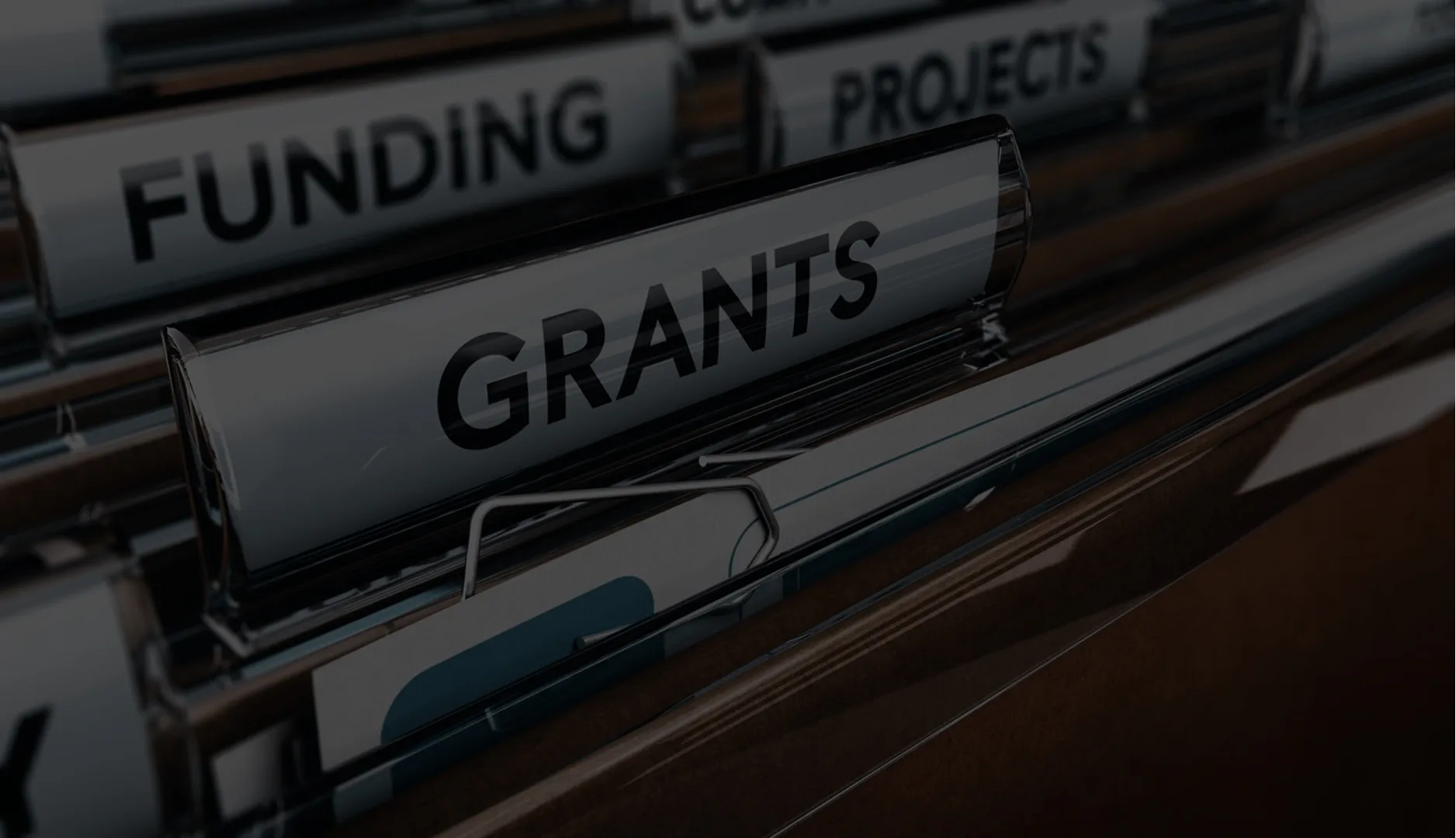The process surrounding grant funding, especially federal funding, can seem daunting and difficult. The trick is knowing what grants are available and how they relate to your project, how to maximize your chances of grant success, and, most importantly, knowing the approximate timeline of when specific federal grants become available.
Highlighting the need through planning, narratives, data, partnerships, collaboration, and support is key to a successful funding request. The many steps to federal funding applications can be challenging, but with the right data and partnerships, achieving federal grant funding for a project is achievable.
Have a Plan
One of the first steps in seeking grant funding is to know your plan for the funding. Once you know where you want the monies to go, you can compile data, look for local commitment and partnerships, and look for advocates. One of the central tenets of federal funding is showing on the application how the project you propose improves the quality of life for the community’s residents.
Clearly established outcomes for the grant help in obtaining funding and finding community members to advocate for the request. These advocates can be leveraged through grant partnership relationships and the elected representatives for the area. Congressional support for your project, especially with some grants and federal funding, goes a long way in validating the level of support in the community for the grant request.
Available Grants for the Project
The federal grant cycle is approximate and does not follow consistent dates, but it uses an approximate time-of-year cycle for releasing grant availability notifications. One funding type to look for is Earmarks. While not specifically a grant, the earmarked funds are a government funding mechanism intricately linked to the individual community. These funds are state-specific, as members of Congress can request federal funds be set aside for specific projects. Congressional members can request this funding, and the elected officials select the projects, if any, from their home state to move forward. Submitting a request for earmarked funds usually happens in February or March, ahead of the Appropriations Subcommittee cycle.
Federal grants that run through agencies such as the Department of Justice (DOJ), Department of Homeland Security (DHS), and others are also available for violence prevention. Some grants prefer partnerships, and many federal grants include a research component that usually requires a partnering university or similar organization to collect data and evaluate effectiveness through a study. Finding the appropriate grant for the project begins with the plan for the community, the partners when applicable, and the type of project. “Every grant is different; this is not a one-size-fits-all approach,” according to Amanda Wood, Senior Federal Advocacy Director with Becker, an agency specializing in working with agencies to obtain grant funding.
Data-Driven
When the plan specifying how the funds will help the community is clearly and firmly established, adding data to support the narrative is critical. Include historical data when applicable and leverage vendors to get data in presentation-ready formats or suggest a different data compilation. Vendors can also help map the data to show hot spots and illuminate possible grant partnerships. In one such case, including a map of incidents, such as gunshots heard through ShotSpotter, and overlaying it with schools can show a strong need for violence prevention efforts. Not only is this data beneficial to the grant application, but a pattern of gunshots around certain schools could also indicate that a school partnership seeking to prevent violence would help the school and improve the grant application.
The data should be part of the story and a main part of the narrative. Use the narrative to tell the story of how violence impacts the community. Relating the trauma in the community, such as disruption of family life, negative consequences on mental health, social and health disparities, the adverse impacts on education and opportunities for advancement, and the increased possibilities of retaliation and more violence. Detailing the impacts illuminates how the project would improve the community through proactive outreach using data gathered and the results of building partnerships within the community. The narrative can also show how partnerships with organizations like schools, hospitals, intervention and safety programs, and public health programs would use the data to improve community quality of life.
Maximize Grant Success
Federal funding of any project is not an easy ask. Projects with collaborative guidance, established partnerships, and assistance from an experienced grants specialist can help the funding request or grant application rise above others. Leveraging relationships with Congressional members from the jurisdiction for support provides additional weight to the funding ask. Community partners can also provide support for the project and engage Congressional members on the project’s behalf.
Previous grant recipients are more familiar with the process, and similarly, the funding agencies know the funds were used as specified and the grant was completed. As Amanda Wood states, “Funding begets funding.” Partnerships with previous recipients can bolster an application, much like an advocate can help you maximize your chances for funding success. A strong and insightful narrative sharing the story of your community with clear outcomes from the project to improve the quality of life is also essential.
Always Work in Advance
Grant applications and funding requests start with a strong plan. During periods when grant applications are not available, take the time to plan a project that would benefit from federal funds. Determine the community’s desired outcomes and use the data to identify possible partnerships and collaborations so you’re ready once the funding opportunities are available.
Another consideration to working in advance is engaging an advocate to work in tandem through the grant-finding process, which can also be fruitful. Vendors can also help provide insight on data that may be helpful and gather data in a format that is easier to present with a funding request. Seeking outside help and guidance from an advocate can also improve the odds of funding approval. Like grant partnerships, support from an advocate and a vendor can make a big difference in the success of the funding application.


